Does the Oil Market Need Management?

Anas Alhajji
July 2019
- Since oil’s commercialization, there has always been a need to manage the market in one way or another, and address some counter-intuitive realities
Cut throat competition
The cost of high price volatility in the oil market has been considerable for producers and customers
Does the oil market need a swing producer? Does it need OPEC, Saudi Arabia, the Gulf States, or any combination of oil-producing countries that change production to manage the oil market?
History reveals that while oil prices have experienced several periods of high volatility, stability was achieved only when the market was managed in one way or the other.
Extreme volatility hurts producers and consumers
The oil industry, just like any other extractive industry, is capital intensive; while operating costs are relatively small, most of its costs are sunk costs. In case of a downturn and sharp decline in oil prices, producers focus on their operating costs. They continue producing – despite large losses.
High oil price volatility hurts consumers too. It reduces global economic growth, which is vital to job creation. The result is cut throat competition, a waste of the world’s scarce resources, higher costs, and a deterioration of efficiencies in oil production and consumption.
Historical evidence abounds; since the broad commercialization of the oil industry in 1859, the cost of high price volatility has been considerable for producers and consumers. Both have desired to reduce or eliminate volatility and achieve some sort of price stability in the oil market.
The objective of market management: Historical evidence
It was the discovery of a process to extract kerosene from crude oil that made oil commercially valuable in 1859. Oil prices were extremely volatile until John Rockefeller’s Standard Oil brought order to the industry, stabilized the market, reduced wastage, decreased costs, and improved production efficiency. These benefits were the result of market management.
Policymakers thought Rockefeller’s monopoly was too strong. They used antitrust laws to break up Standard Oil into more than 30 companies (in fact, this only made him richer – the value of the sum of the parts was significantly higher than that of the whole). The irony is, policymakers’ objective was exactly the same as Rockefeller’s: to achieve market stability, reduce wastage, decrease cost, and improve efficiency.
Breaking Standard Oil into smaller companies meant competition among them. Meanwhile, large oil discoveries by its various competitors continued around the world. What happened? Extreme volatility returned – along with increases in waste of resources, deterioration of efficiency, and higher costs.
These developments forced policymakers in oil-producing states such as Louisiana, Oklahoma, and Texas to intervene to ration oil production. When legal efforts failed, they used the National Guard to shut production. Yes, they used force to ration production of privately held companies. In Texas, policymakers gave the Texas Railroad Commission the authority to monitor and manage production.
What had Rockefeller wanted from oil market management? To reduce price volatility, eliminate wastage of resources, improve efficiency, and reduce costs, while generating massive profits. What did oil-producing states, such as Texas, want? Exactly the same – especially since higher production and lower prices reduced states’ tax revenues. So, policymakers decided to do Rockefeller’s job: they managed the oil market.
Private companies could not manage the oil market within the US because of antimonopoly regulations, so government entities assumed that position legally. But since US antimonopoly laws did not apply outside US borders, the Seven Sisters (then BP, Chevron, Exxon, Gulf Oil, Mobil, Shell and Texaco) expanded their market control and management, horizontally and vertically. Between Texas Railroad Commission and the Seven Sisters, the entire global oil market was tightly managed. Again: they reduced volatility, eliminated wastage, improved efficiency, and lowered costs.
The wave of nationalization
The oil-producing countries began to associate the Seven Sisters’ control of their own national resources with colonialism and imperialism; in certain developing countries, the Soviet Union’s rise especially helped communist and socialist ideas gain ground among the public. As international oil companies got weaker, some oil-producing countries resorted to the nationalization or purchase of companies’ assets.
Although OPEC was established in 1960, it did not come to prominence until the events of the early 1970s unfolded. Supposedly, it gained control of the oil market after the 1973 oil embargo, but the market still experienced extreme volatility – OPEC could not control the market the same way that the Seven Sisters and Texas Railroad commission had.
OPEC’s failure to reduce volatility led the US Federal Government to attempt to manage the market through a series of price controls to reduce volatility, stabilize the market, improve efficiency, lower costs, and therefore, reduce inflation rates. All of a sudden, the country that was promoting capitalism and free markets, fighting communism and socialism, adopted a classic communist idea: complete price controls of crude and various petroleum products.
OPEC’s baby steps
The US abandoned costly price controls and liberalized energy markets in the early 1980s. This meant that it had delegated market management, by default, to OPEC. But OPEC was not ready. It had no quota system and no mechanism to manage the market. The oil market collapsed. Extreme volatility returned with a vengeance.
Twenty years after its establishment, OPEC experimented with its new quota system, but its efforts to manage and stabilize the oil market failed. Oil prices kept falling. OPEC continued to experiment with the quota system until it was perfected on paper, but it remained difficult to implement on the ground.
OPEC’s early failure, along with other reasons, gave rise to Saudi Arabia’s role as the world’s swing producer and market manager. Cooperation with some OPEC members – mostly among the Gulf states – reduced extreme volatility by keeping and utilizing spare capacity. As time passed, it became apparent that the role of some non-OPEC members was important, which led to the OPEC+ agreement.
Market management today
Since the late 1970s, where OPEC has struggled to manage the market, Saudi Arabia and its Gulf allies have succeeded. While they cannot bring stability to the market like Standard Oil, the Texas Railroad Commission and the Seven Sisters, these producers play a pivotal role in reducing extreme volatility.
This is all the more essential in light of today and tomorrow’s challenges – from the industry’s need to be sustainable to weather environmental regulations, to the rise of electric vehicles. As continued market volatility threatens future oil demand, stability is needed to maintain market share in the long run.
So the recent cooperation between OPEC and non-OPEC countries – and the efforts to maintain production cuts despite the rise in US shale production – should not only be viewed as a means of raising oil prices. They should also be seen as part of the efforts to eliminate extreme market volatility, in order to secure and meet global oil demand in the future.
Moreover, 160 years since the oil age began, the market will discuss that future at ADIPEC, hosted by the Abu Dhabi National Oil Company (ADNOC). As the modern economy grapples with the impact of “Industry 4.0”, the world’s energy ministers, officials and industry leaders – many of whose words can move prices – will come together here to shape the future course of the oil & gas sector. Their objectives remain as they ever were. Industry participants have realized the economic and financial benefits to individuals, companies, countries, and societies from managing the oil market. If they can get it right, the gains could be huge.










Comment